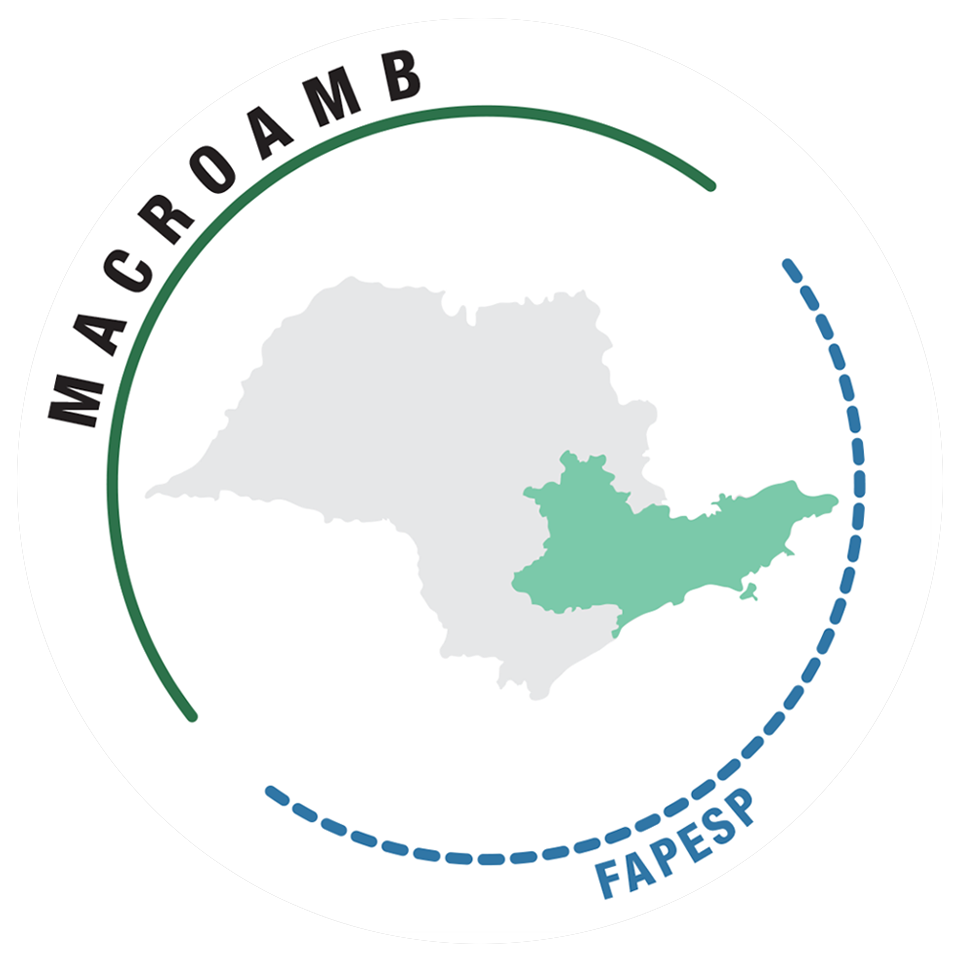Artigo: Extreme Rainfall Events in the Macrometropolis of São Paulo: Trends and Connection with Climate Oscillations
Abstract: In this work, the trend of extreme rainfall indices in the macrometropolis of São Paulo (MMSP) was analyzed and correlated with large-scale climatic oscillations. A cluster analysis divided a set of rain gauge stations into three homogeneous regions within MMSP, according to the annual cycle of rainfall. The entire MMSP presented an increase in the total annual rainfall, from 1940 to 2016, of 3 mm yr21 on average, according to a Mann–Kendall test. However, there is evidence that the more urbanized areas have a greater increase in the frequency and magnitude of extreme events while coastal and mountainous areas, and regions outside large urban areas, have increasing rainfall in a better-distributed way throughout the year. The evolution of extreme rainfall (95th percentile) is significantly correlated with climatic indices. In the center-north part of the MMSP, the combination of Pacific decadal oscillation (PDO) and Antarctic Oscillation (AAO) explains 45% of the P95th increase during the wet season. In turn, in southern MMSP, the temperature of South Atlantic (TSA), the AAO, El Niño–South Oscillation (ENSO), and the multidecadal oscillation of the North Atlantic (AMO) better explain the increase in extreme rainfall (R2 5 0.47). However, the same is not observed during the dry season, in which the P95th variation was only negatively correlated with the AMO, undergoing a decrease from the 1970s until the beginning of this century. The occurrence of rainy anomalous months proved to be more frequent and associated with climatic indices than was the occurrence of dry months.
Link de acesso: https://doi.org/10.1175/JAMC-D-20-0173.1
